 Dr Selvaraj Balaji presents an advanced case that involved hard and soft tissue augmentation to create an aesthetic and functional outcome in the upper right quadrant.
Dr Selvaraj Balaji presents an advanced case that involved hard and soft tissue augmentation to create an aesthetic and functional outcome in the upper right quadrant.
A 68-year-old female patient presented to the practice complaining about the appearance of her teeth. She had existing crowns in the UL1,2,3, in addition to a bridge in the upper right quadrant which was placed 10-15 years ago. The patient’s main concern was the marginal fit of the crown, and she felt that the bridge was too big.
A full medical history was taken, showing the patient to be generally fit and well. A clinical exam was conducted, requiring the bridge to be removed. This revealed hard and soft tissue defects in the UR2,3,4 region. The patient had a retained root on UR3, a failing crown on UR5 with marginal leakage and gingival recession, and was missing UR2,4,6 and LL6. An x-ray and CT scan were taken, in addition to creating study models. Digital treatment planning incorporated both the hard and soft tissue to enable us to achieve the optimal result. The CT scan confirmed a lack of bone and soft tissue, making this a challenging case to achieve a good result.
Treatment planning
The patient was presented with all of the appropriate options for treatment including replacement of the existing crowns to improve smile aesthetics, replacing the LL6 missing molar with a dental implant, and placing an implant retained bridge in the UR2,3,4 region. Due to the insufficient hard and soft tissue, a decision was made to place implants on UR3,4 with bone grafting and a connective tissue graft to enhance the gingival thickness and aesthetic outcomes in the upper right quadrant.
All aspects of the treatment were discussed with the patient in depth, including conversations about the benefits and risks. As the patient was particularly concerned about the aesthetic outcome, it was important to manage her expectations at this stage, to ensure she had a complete understanding of the limitations of the treatment. Once all the patient’s questions were answered and she was comfortable with treatment, she provided informed consent to proceed.
Treatment provision
The patient visited restorative dentist, Dr Evangelos Viskadourakis (GDP at our practice) for the initial phase of treatment, in which he removed the existing bridge and crown. Following this, the patient was referred to me for implant placement at the LL6, and to restore the upper right quadrant with dental implants.
On the day of surgery, the upper right quadrant was numbed using local anaesthetic and a mucogingival split thickness flap was raised. The UR3 was extracted atraumatically and autogenous bone was harvested from the mandible to form a bone graft comprised of 60% autogenous and 40% xenograft material.
Two Sweden & Martina Prama dental implants were placed in the UR3 and UR4 locations at the pre-determined position, angle, and depth. Bone augmentation was carried out in these areas following the ‘layering technique’ to ensure the graft attached effectively all around the implants for maximum stability.
Soft tissue was harvested from the patient’s palate and a connective tissue graft was then placed over the implant site to increase the gingival volume and build papilla. The flap was advanced to enable it to be closed tension-free. In the same appointment, the patient’s original bridge was adapted to fit onto the dental implants. The area was scanned and sent to the dental lab in order for them to create a provisional bridge.
On the same day, a dental implant was placed in the LL6, with a connective tissue graft was provided to improve soft tissue and papilla thickness, and a final crown was fitted.
After four months of healing, the bridge was removed and replaced with the lab-made provisional bridge. The aim of the provisional bridge was to encourage soft tissue contour. Three months later, the lab-made provisional bridge was removed and the final implant retained bridge and crowns were placed.
Following this, Dr R. carried out composite bonding in the lower anterior teeth in order to improve occlusion and enhance aesthetics.
Case reflection
The patient and clinician were both pleased with the functional and aesthetic outcome of this case. It demonstrates the need to listen to patients’ concerns attentively and ensure clear communication when it comes to expectation management, to ensure patients can provide fully informed consent and avoid disappointment. A key clinical challenge in this case was soft tissue contouring. This was not easy because the upper right quadrant required dental implants, whilst the upper left quadrant comprised of natural teeth and a crown. As such, it was difficult to match the two sides and achieve an aesthetic and still natural-looking outcome on both sides.
Images
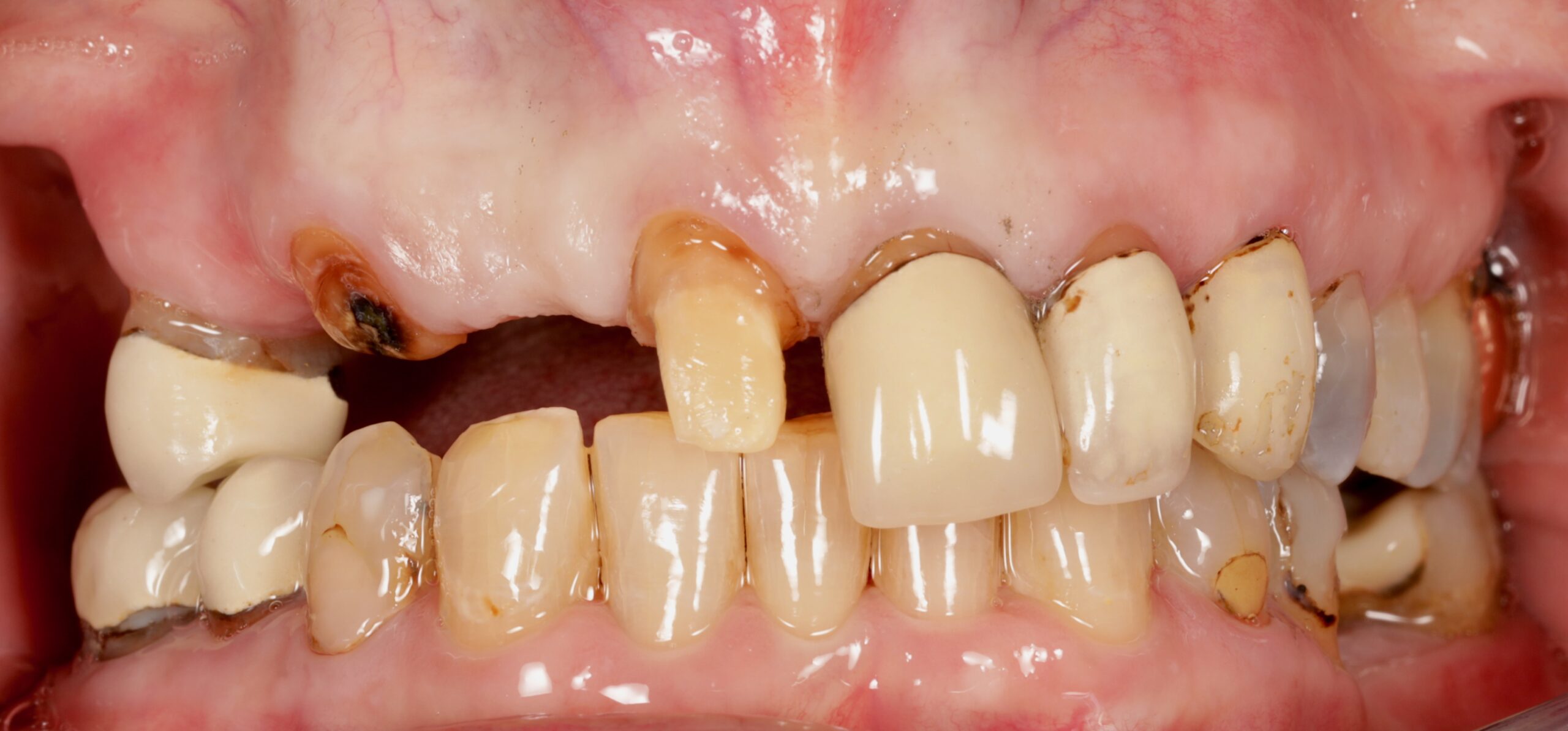
1 Pre-treatment anterior view
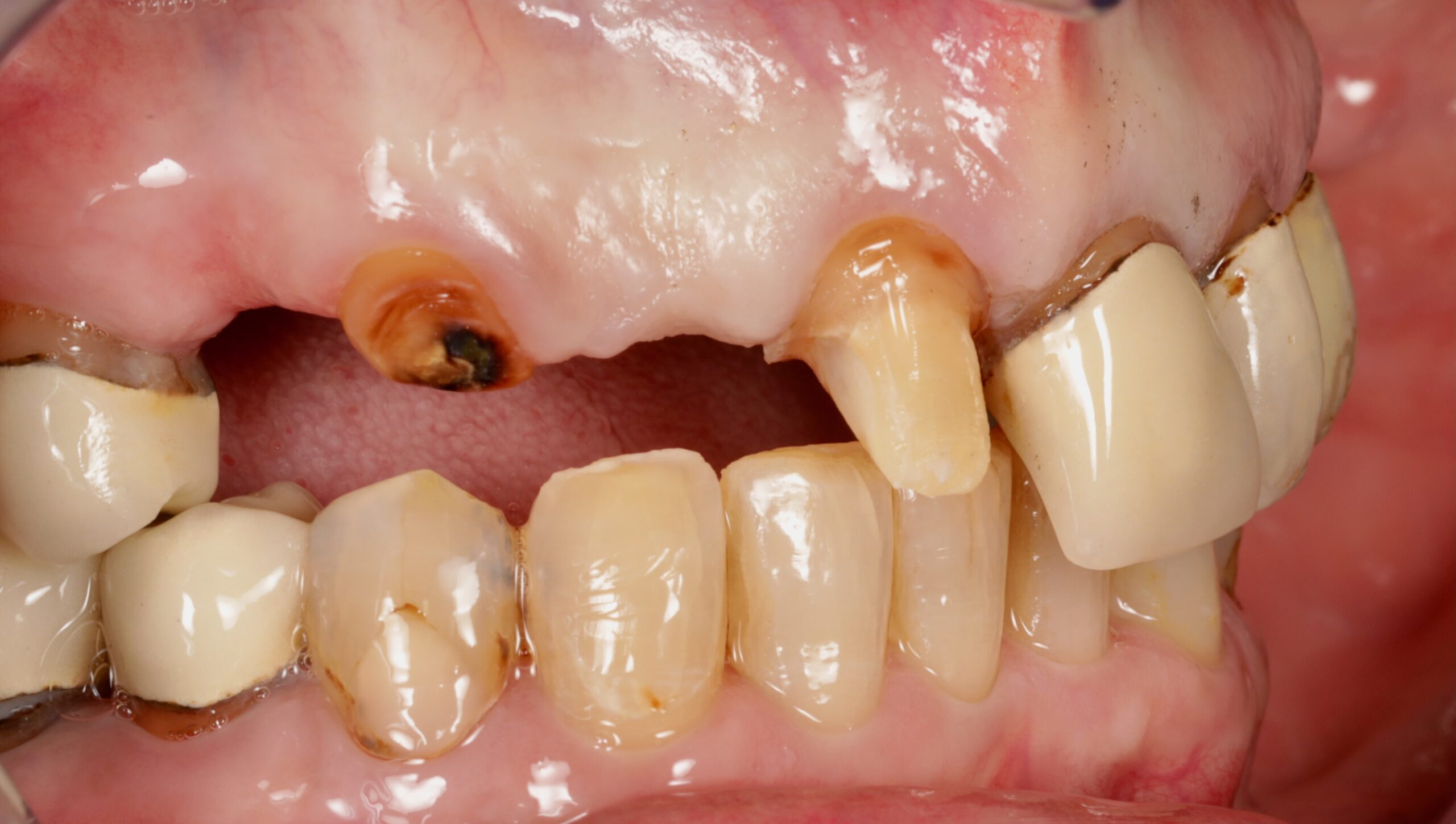
2 Pre-treatment right lateral view
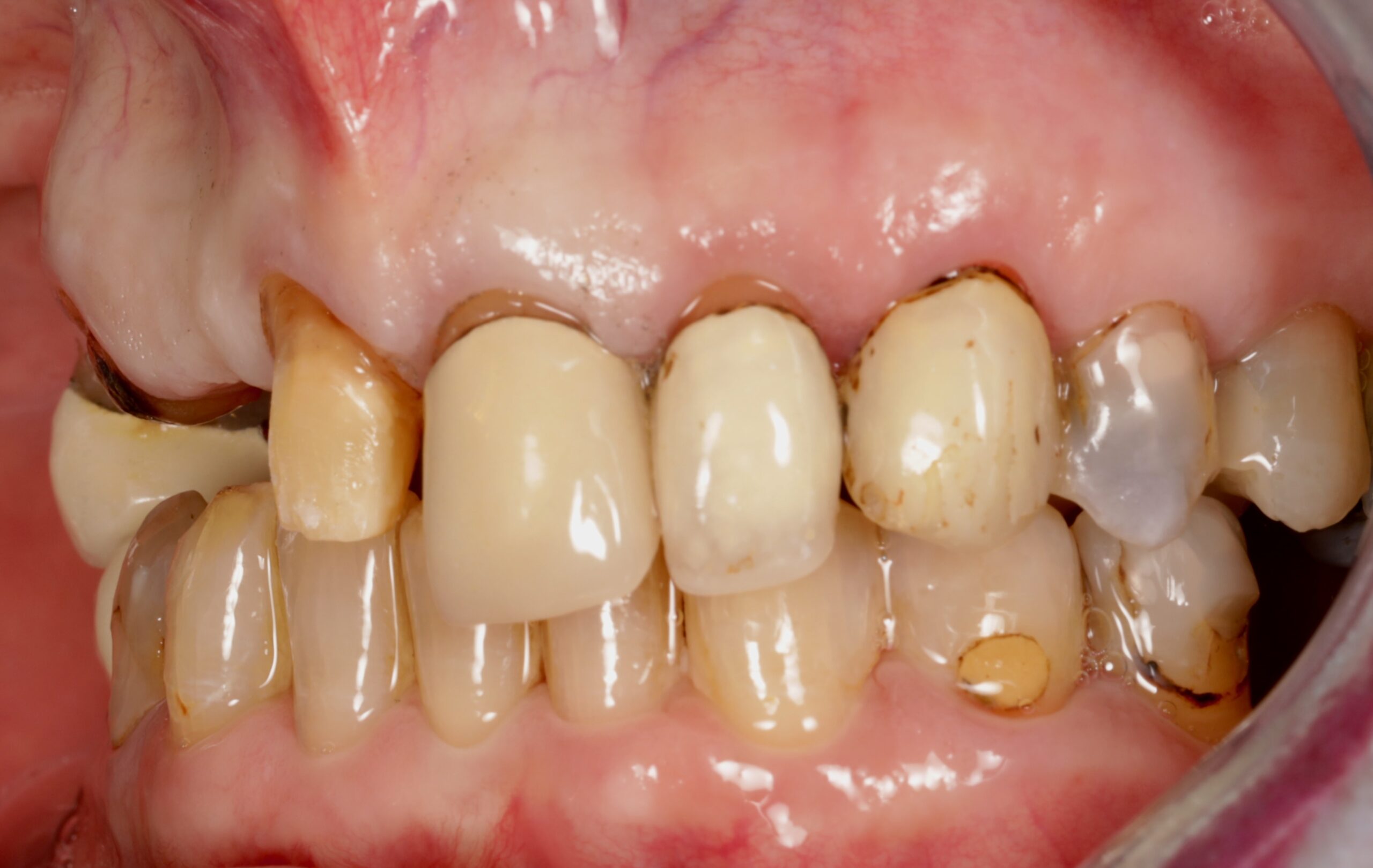
3 Pre-treatment left lateral view
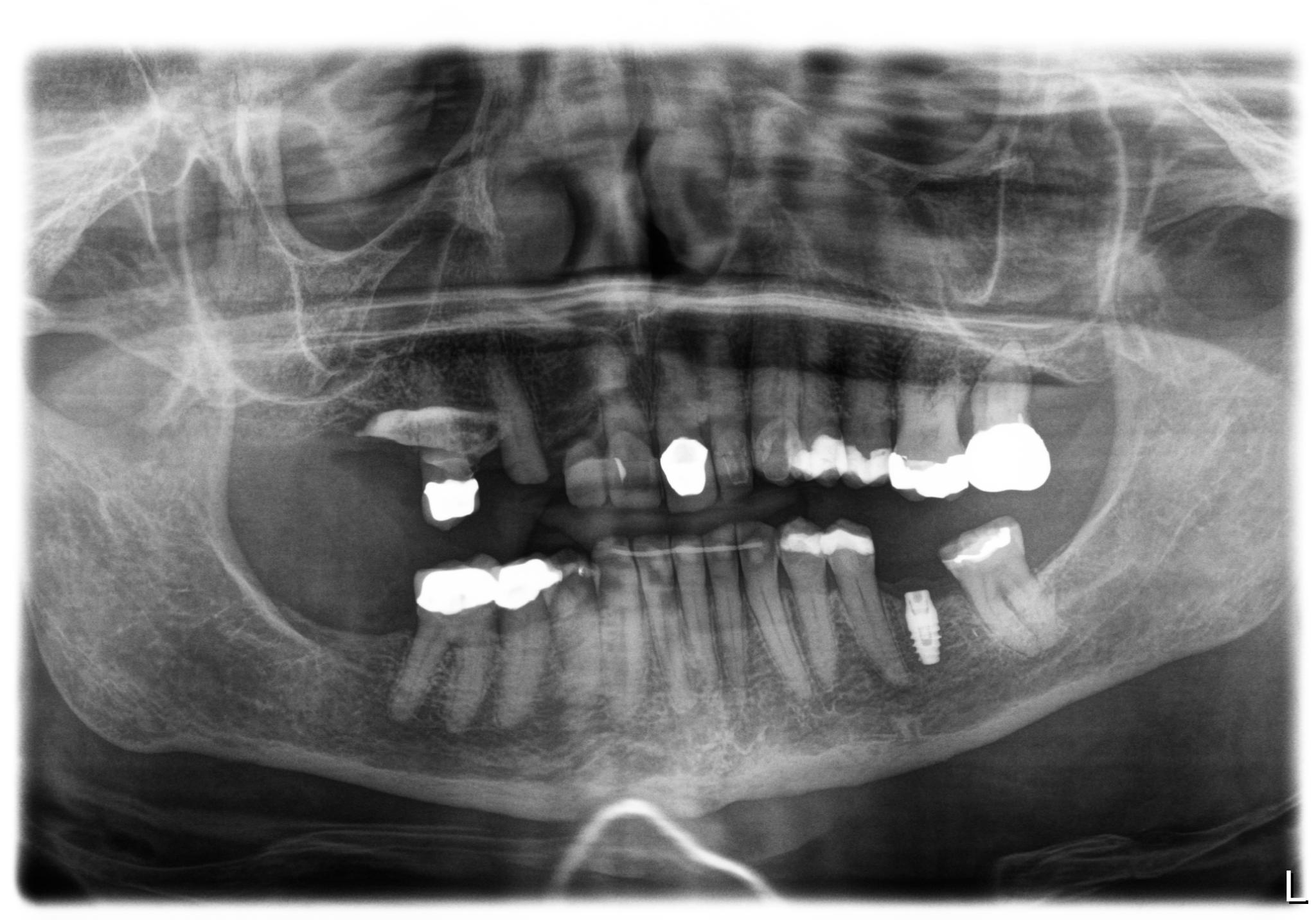
4 Pre-treatment OPG
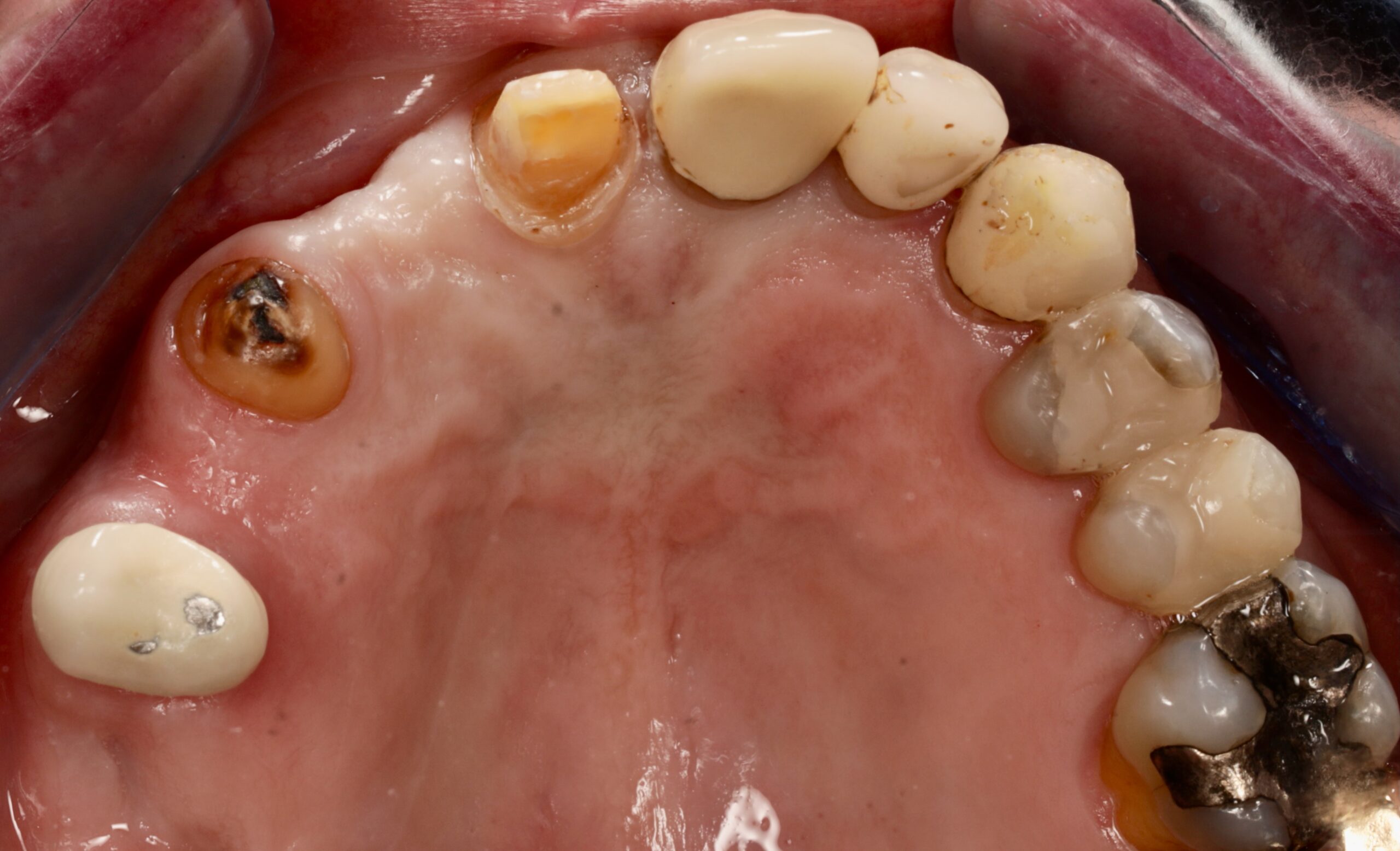
5 Pre-treatment upper arch
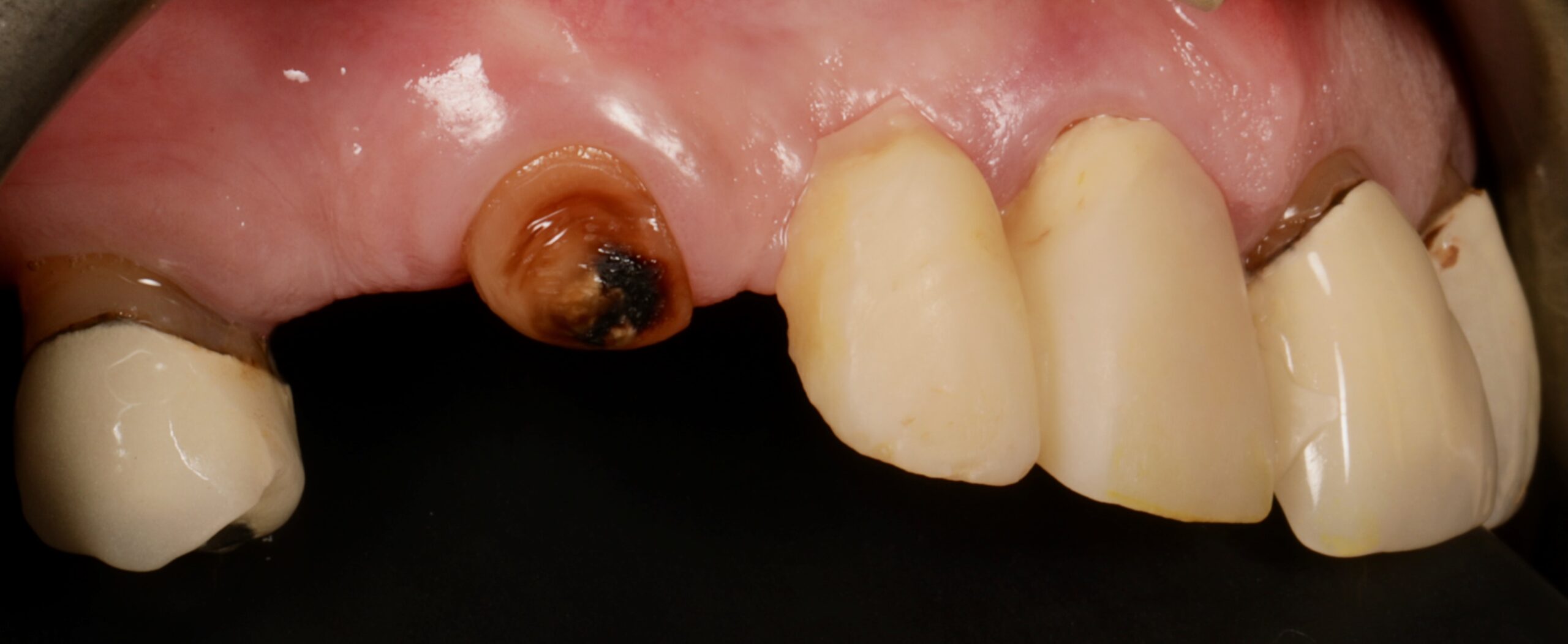
6 Pre-treatment bridge

7 Pre-treatment anterior bridge removed
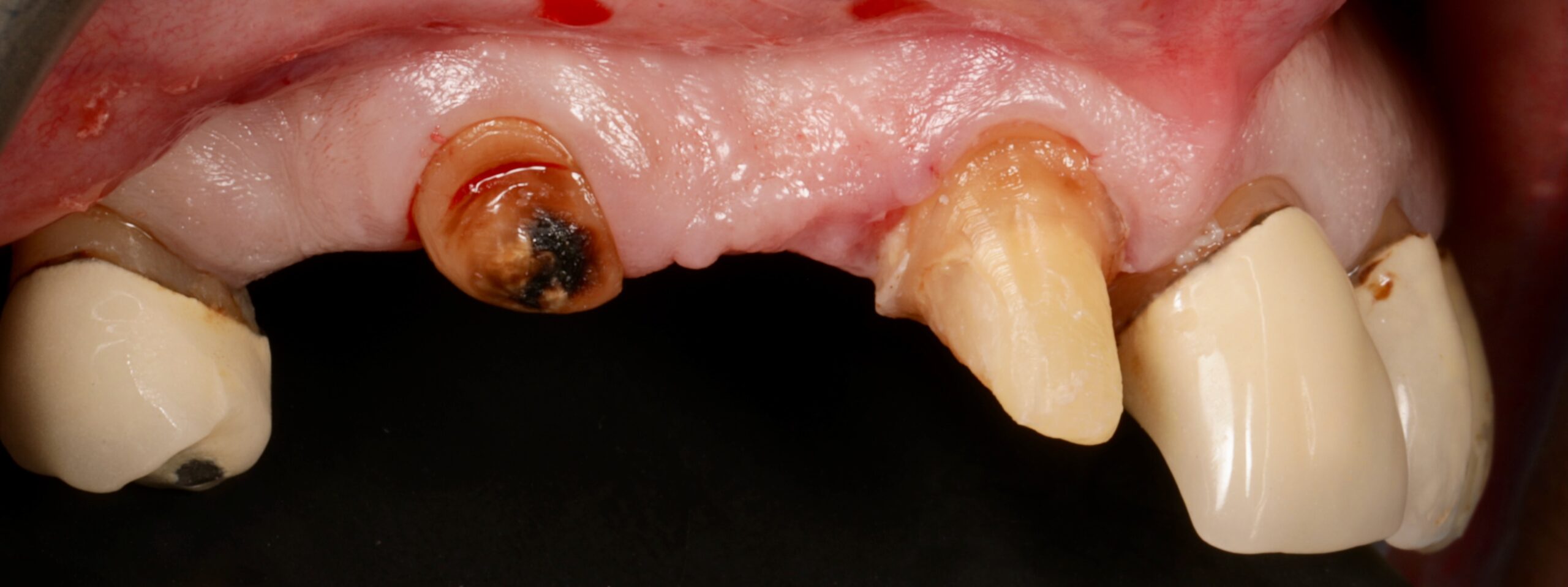
8 Pre-treatment right lateral bridge removed

9 Flap raised and UR3 extraction

10 Implant placed and flap closed

11 Lab-made provisional bridge placed
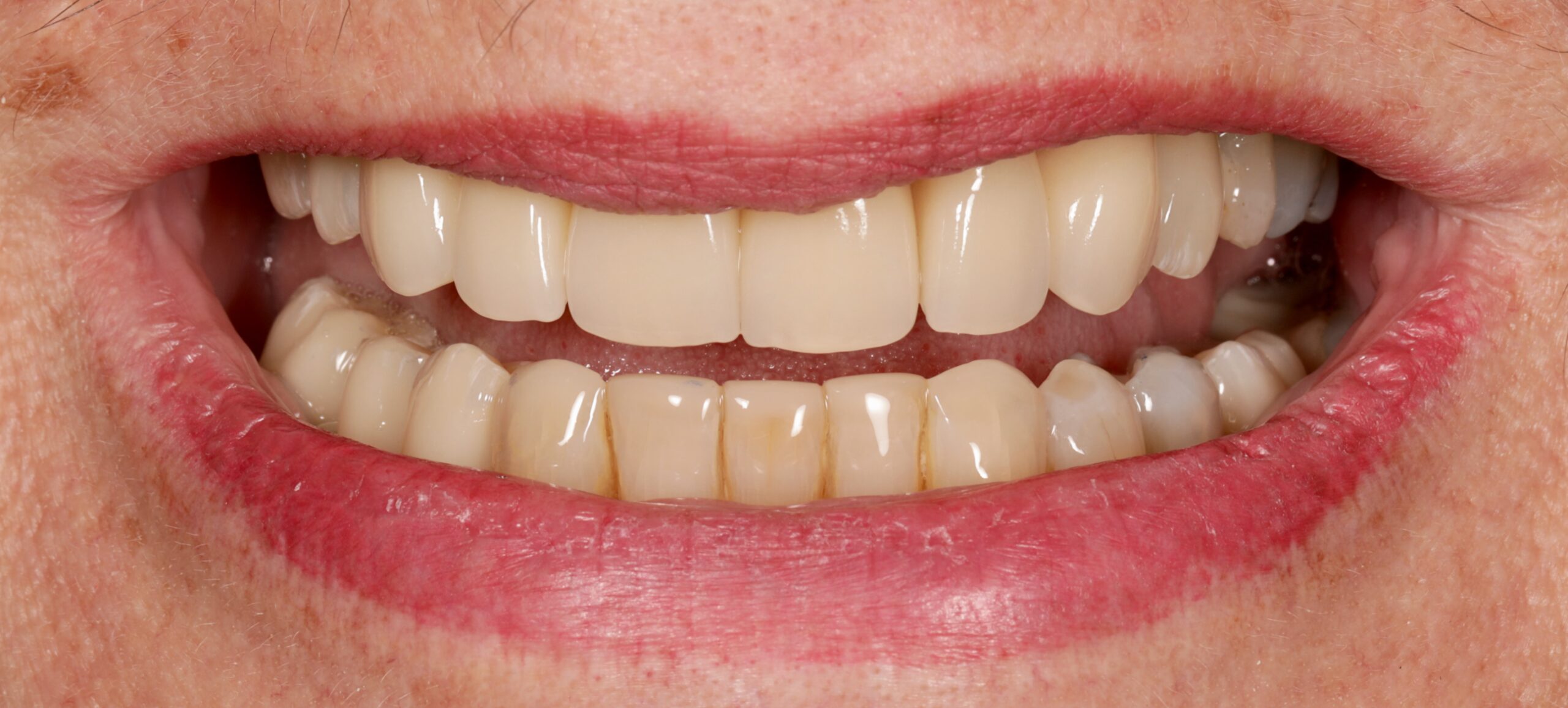
12 Post treatment smile
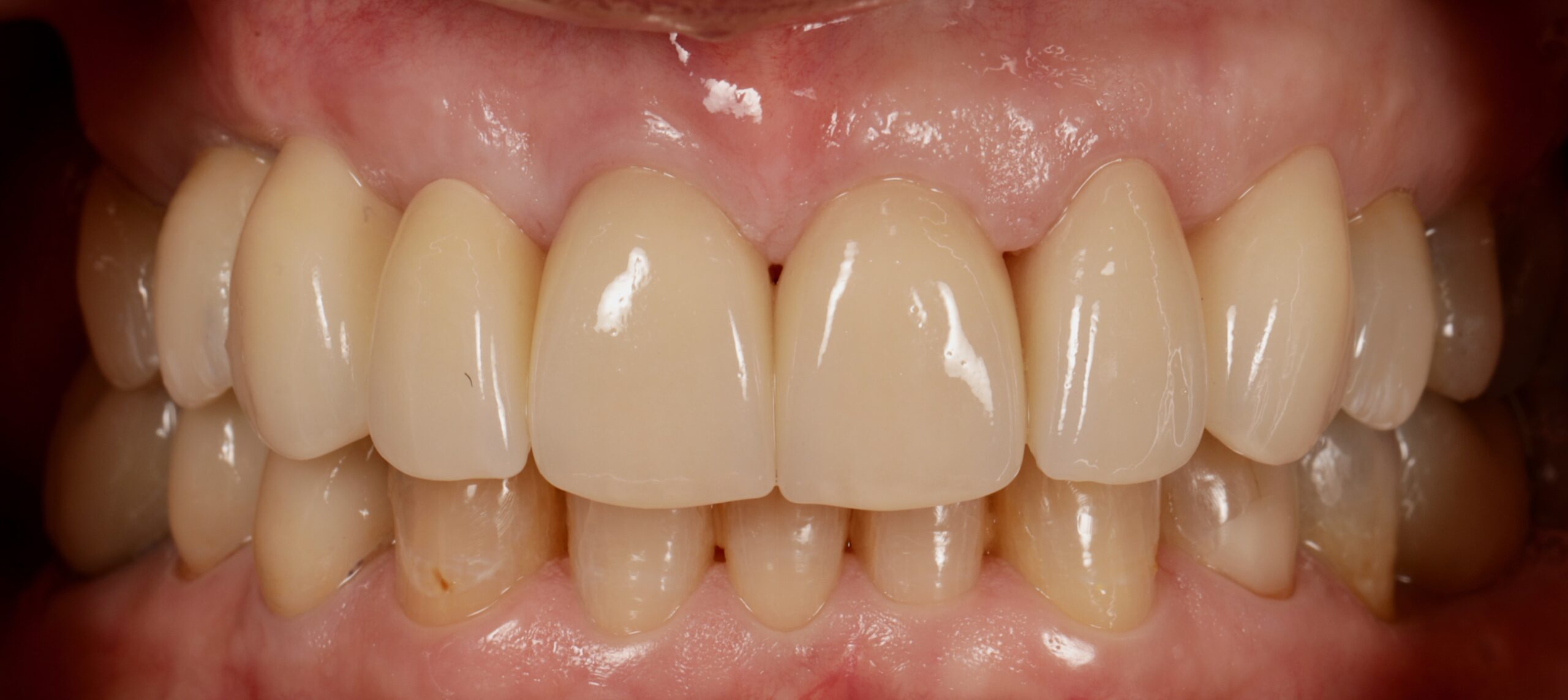
13 Post treatment anterior view
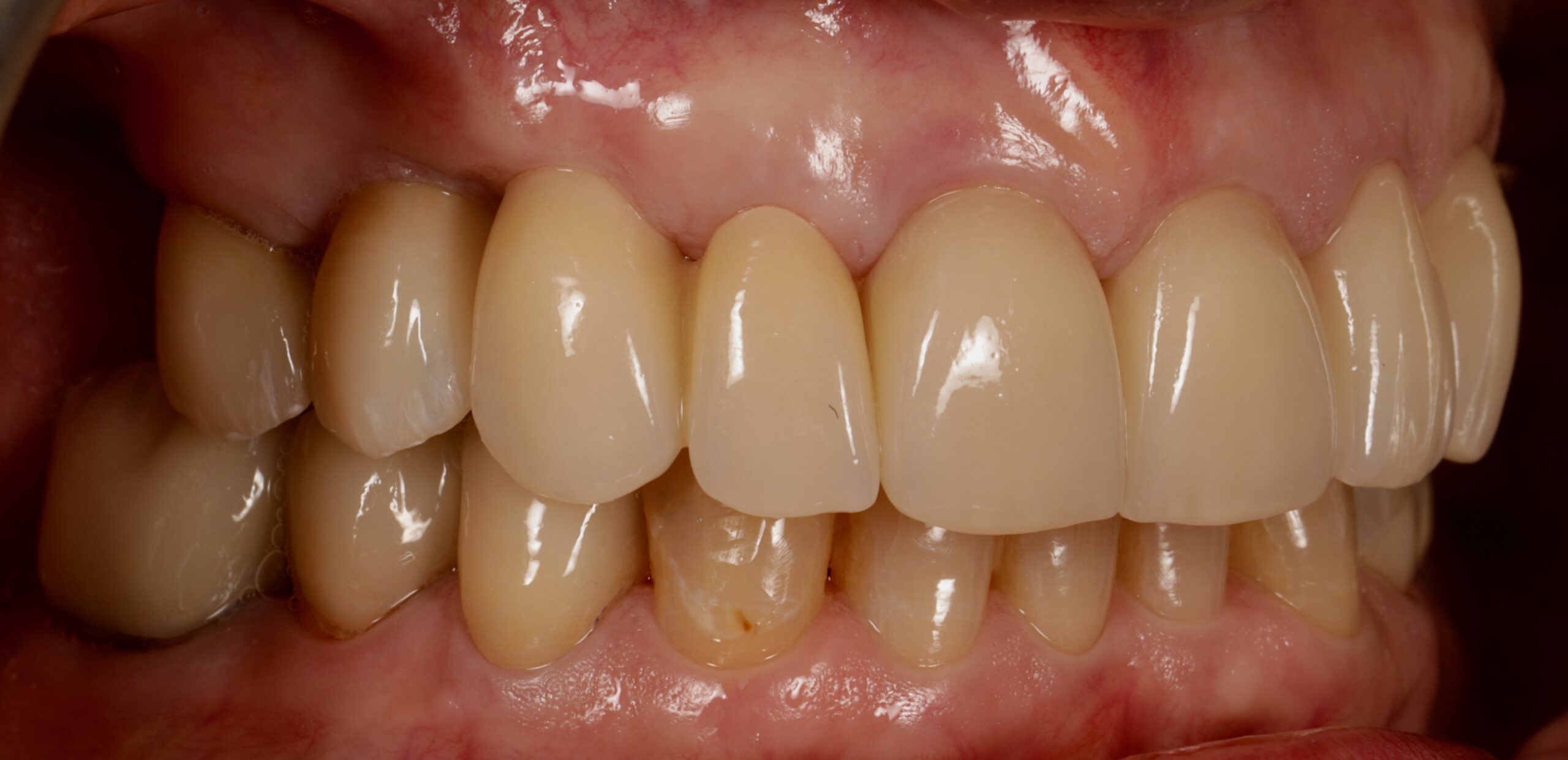
14 Post treatment right lateral view
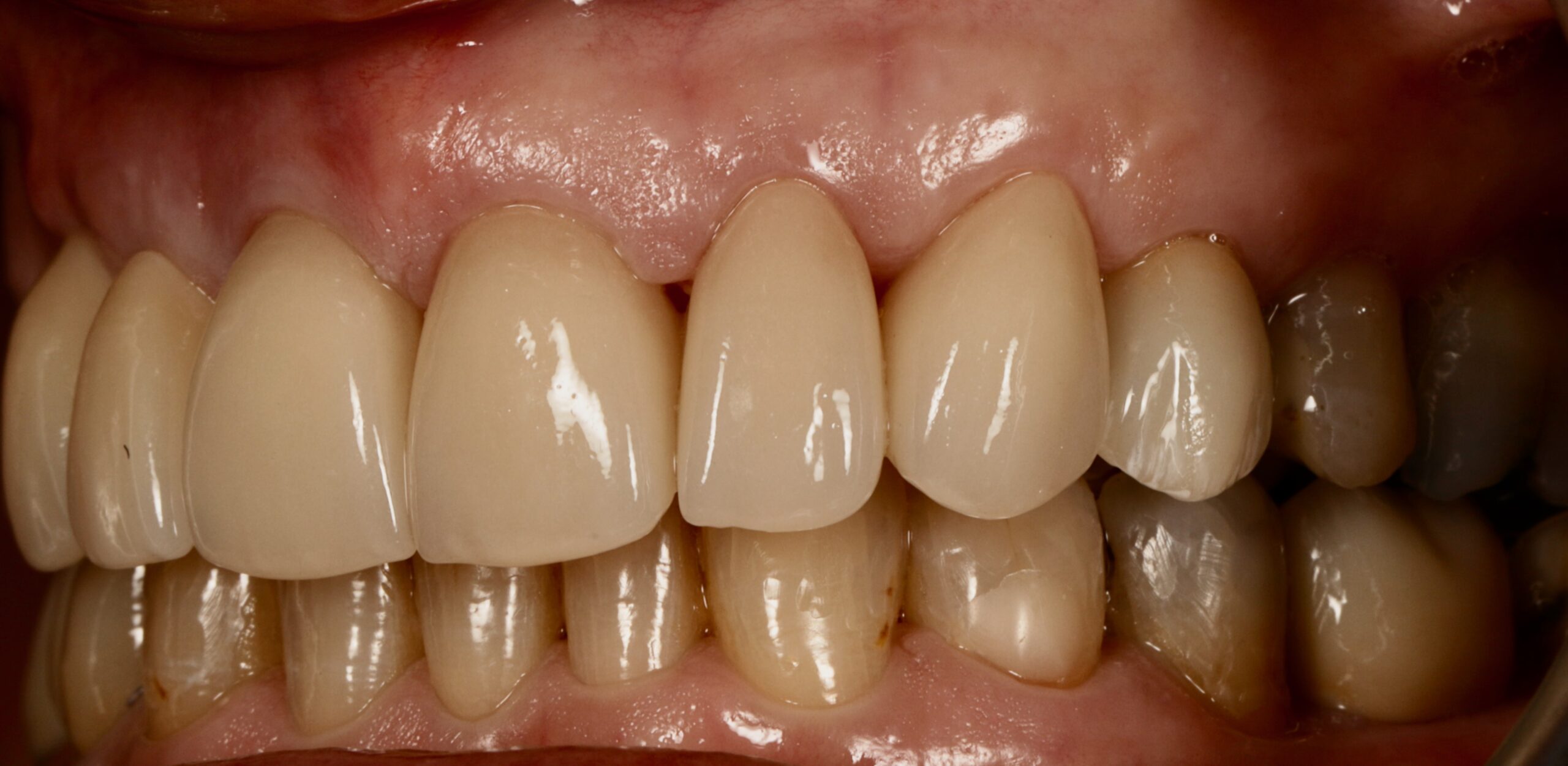
15 Post treatment left lateral view
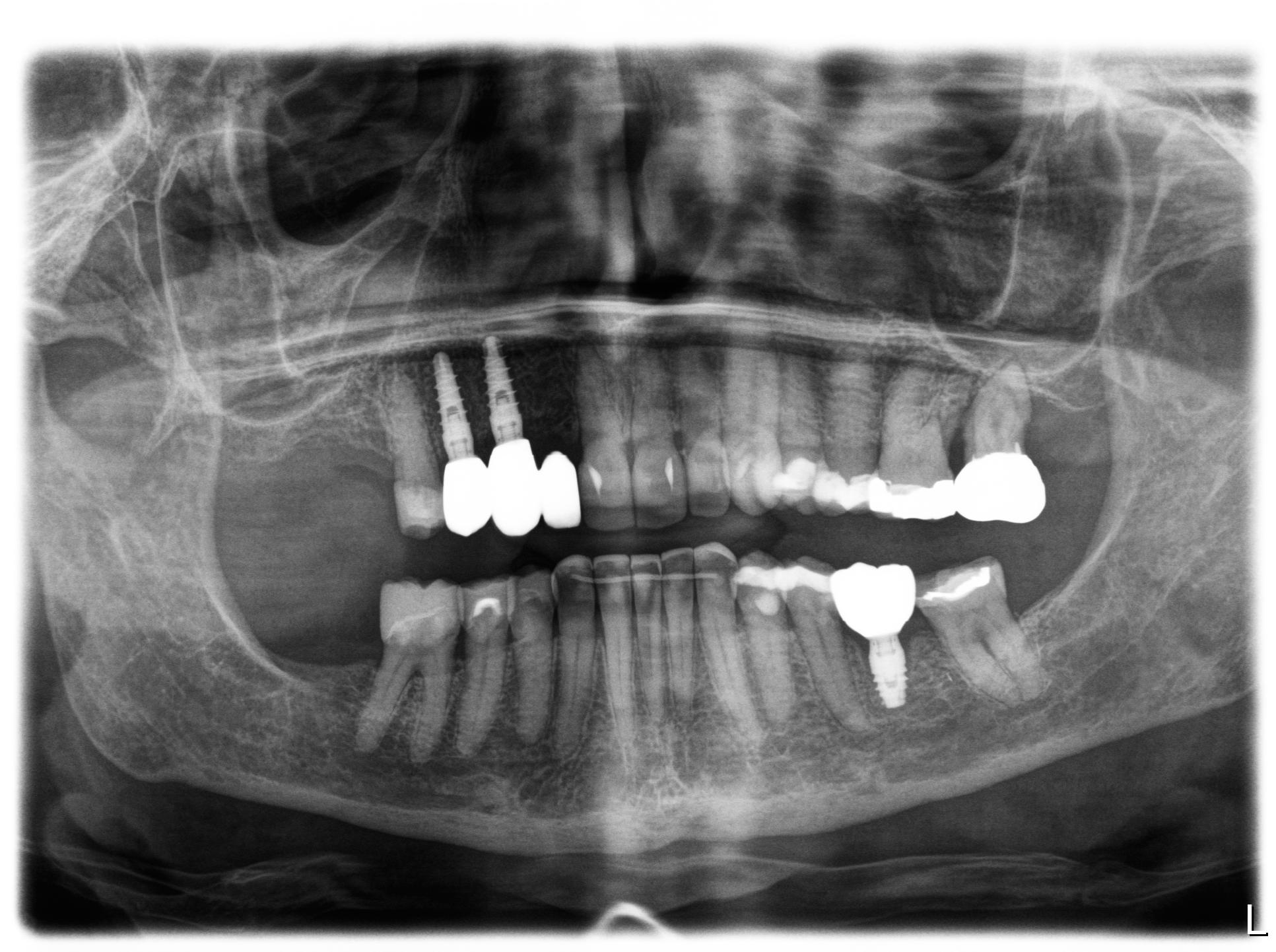
16 Post treatment OPG
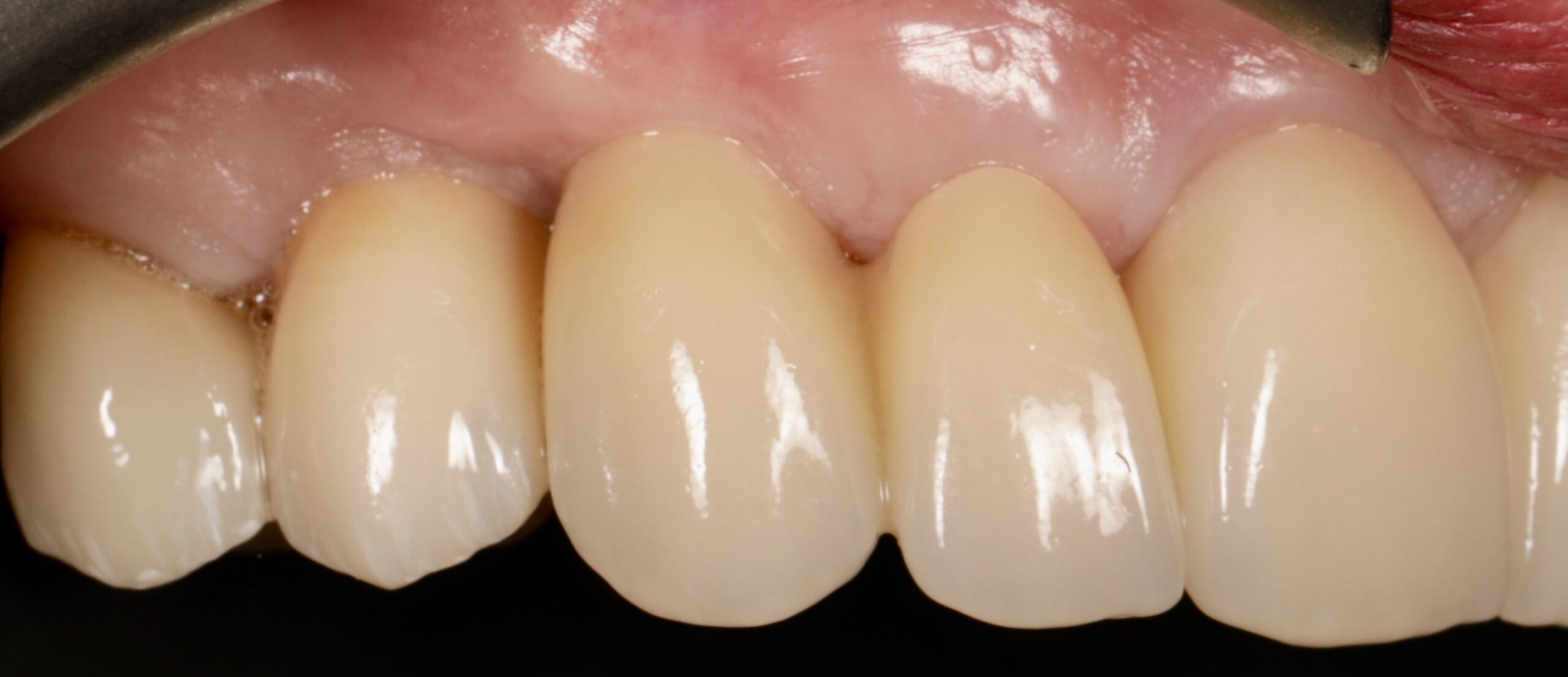
17 Final bridge

18 Post treatment anterior maxilla
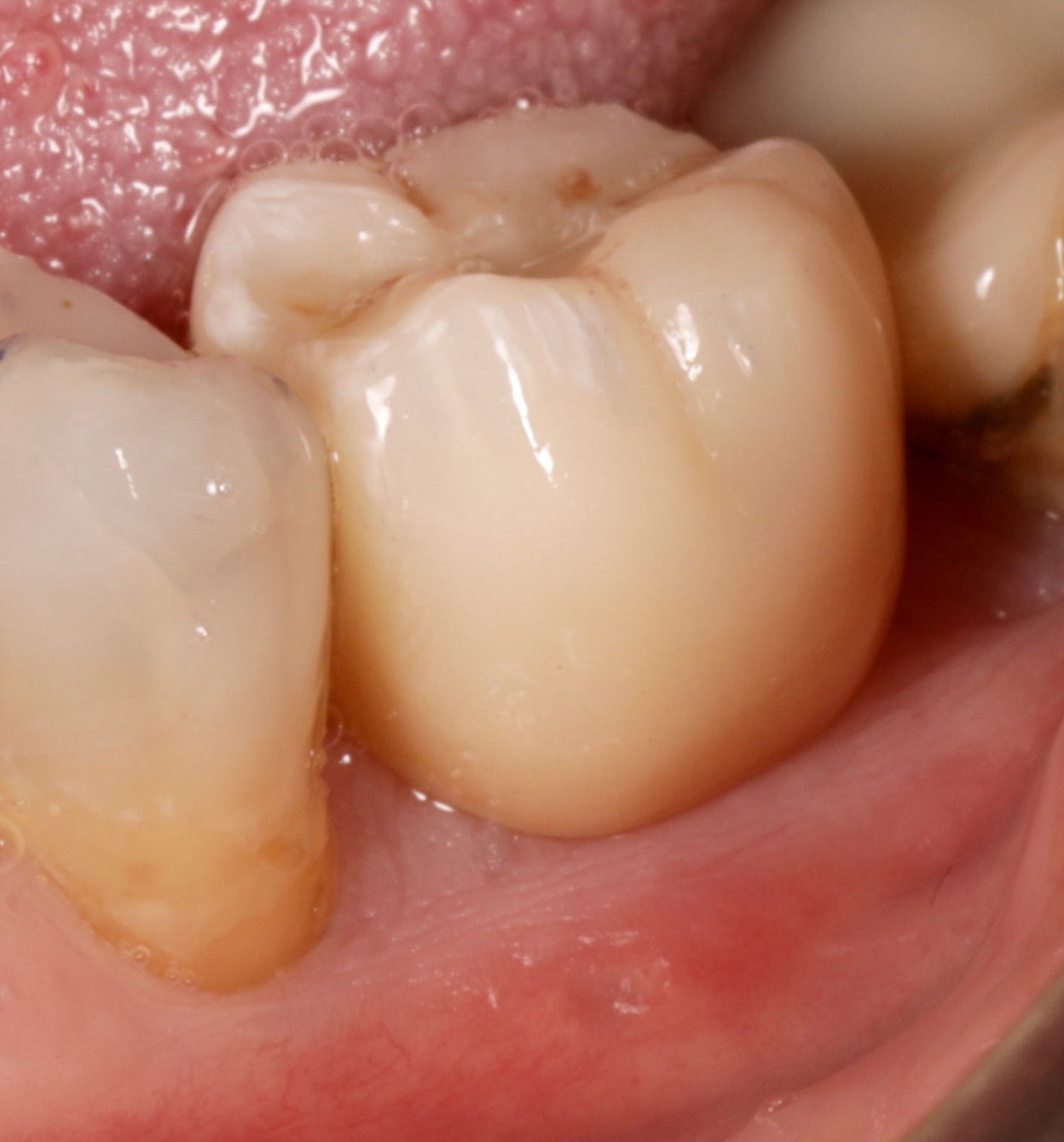
19 LL6 final crown
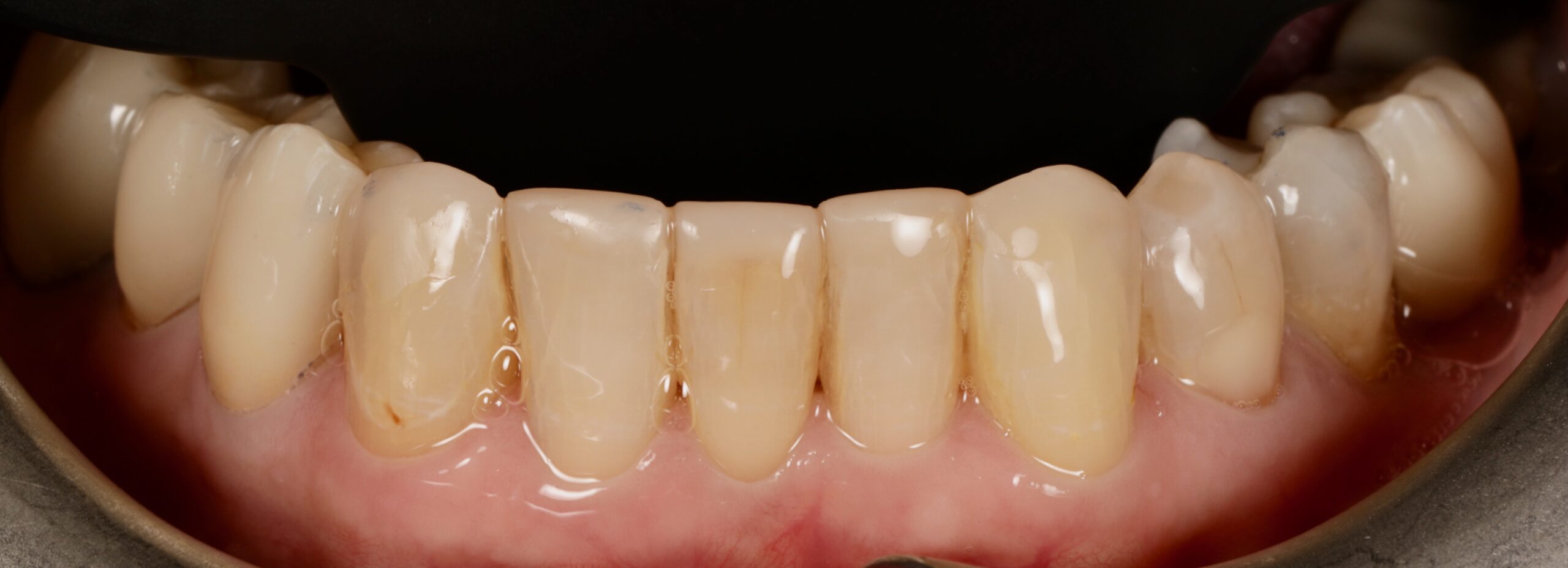
20 Post treatment composite bonding lower anterior
Dr Balaji provides industry-leading training courses on both hard and soft tissue management around dental implants with the ASHA Club.
For more information about how you could elevate your skills with the support of experts, please visit www.ashaclub.co.uk or call 07974 304269
Author bio:
Dr Selvaraj Balaji: BDS, MFDS RCPS(Gla), MFD SRCS(Ed), LDS RCS(Eng)
Since he obtained the BDS Degree, Dr Balaji has worked in Maxillo-facial units in the UK for several years and gained substantial experience in surgical dentistry. He is the principal dentist of The Gallery Dental Group which is made up of Meadow Walk Dental Practice and The Gallery Dental & Implant Centre. Dr Balaji is also the founder of the Academy of Soft and Hard Tissue Augmentation (ASHA) and runs courses, lectures and study clubs in the UK and around Europe for aspiring implantologists.













